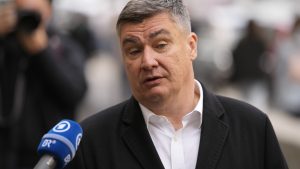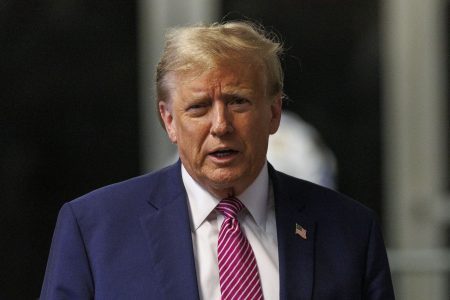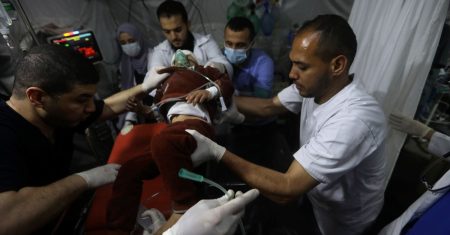Jill Duggar Dillard and her husband, Derick Dillard, announced the stillbirth of their daughter, Isla Marie Dillard, in an emotional Instagram post. The couple shared a photo of themselves holding several small items meant for their newborn, expressing their deep sadness at losing their fourth child. Isla Marie was 4 months along in the pregnancy and was due in August. The couple had been eagerly anticipating her arrival, with her three older brothers excited to welcome her into their family. They thanked the public for their condolences and requested prayers as they navigate this difficult time of grieving and healing.
Jill Duggar Dillard is a member of the controversial Duggar family who gained fame with the reality TV show “19 Kids and Counting.” Raised in a strict fundamentalist Christian sect, the Duggars followed teachings of female subservience, modest dressing, and large families. However, the family’s image was tarnished in 2015 when it was revealed that son Josh Duggar had molested Dillard and several other sisters, as well as a family babysitter. This revelation shook the family and caused a rift between some members.
Jill Duggar Dillard detailed her upbringing and the challenges she faced in her conservative family in her 2023 memoir, “Counting the Cost,” which she co-wrote with her husband, Derick Dillard. The book shed light on the strict rules and beliefs that governed the Duggar household, and the struggles Jill faced in breaking away from that environment. After the book was published, Dillard’s relationship with her father became strained, leading her to cut off individual contact with him. She revealed that her husband had to intervene to protect her from what she described as a toxic dynamic.
Despite the challenges she has faced within her family, Jill Duggar Dillard has found support and love in her relationship with her husband, Derick Dillard. The couple has faced personal tragedy with the loss of their daughter, Isla Marie, but they have come together to share their grief and seek healing. Their joint Instagram post announcing Isla’s stillbirth was met with an outpouring of support and prayers from fans and well-wishers. As they navigate this difficult time, Jill and Derick continue to lean on each other and their faith to find strength and solace in the face of their loss.
Moving forward, Jill Duggar Dillard and Derick Dillard will continue to lean on their faith and each other as they navigate the complexities of grief and healing after the loss of their daughter, Isla Marie. Their open and candid communication about their experiences, both within their family and in dealing with personal tragedy, has garnered support and admiration from many who follow their journey. As they honor the memory of Isla and continue to raise their three sons, the Dillards remain committed to their family and each other, finding grace in the face of adversity.
















